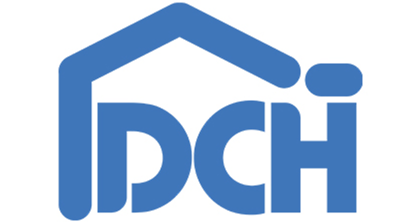In recent years, the concept of expandable homes and its usefulness in solving modern living issues has gained quite a popular traction across the world. These structures are built with a warp and weft technology which gives them the ability to withstand changes across climates and lifestyle preferences, making them a great option for homeowners across the globe. In this blog, we examine the myriad of uses of expandable homes beginning with their advantages, ways they are constructed and how they can be adjusted for different environments.
The first point that needs to be understood is the expansion and the shrink capability which makes expandable homes. These houses can be designed in prefabricated form so that the owner is able to add or remove modules as per requirement. This would be ideal for areas that have a growing population or areas that have volatile housing demand. For example, in areas like cities that have a higher population density, expandable homes can help families increase their living space without having to move houses.
In this section, we shall explore the different climatic conditions of expandable homes. These houses can be tailored to suit materials and technologies that are energy efficient and stronger, starting from humid tropical areas and extending all the way to dry deserts . For example, in hot climates put on buildings snow white reflective roofing and set on building walls with good insulation. On the other hand, in cold regions, stretching walls with much insulation helps to save the cooling budget. This kind of ability to adapt is what makes expandable houses attractive to owners who are keen on protecting the environment.
Furthermore, the construction of expandable houses is characterized by versatility that enables them to be developed and to be unique, more appealing. For example, the owner can select the layout and other interior finishing materials for the house to depict their style. This particular feature goes beyond aesthetics since it permits the construction of a house that will be appropriate for a certain family. For example, families with small children might need large areas without partitions for their children to play, while families whose members work on the computer and have begun working from home may need a separate room as a workplace.
Another key benefit of expandable houses is the potential lower costs. Modular homes can save both labor and time whereas, on the other hand, traditional construction houses can be time consuming and costly. Moreover, having an option to gradually increase the size of the house in the future enables homeowners to invest their finances more progressively rather than dealing with the frustration of massive down payments. Such perspective is particularly interesting for younger buyers as well as for people looking to invest into real estate without spending all their money.
Particularly the trend of expandable houses is likely to expand in the future and all indications are that the trend will not fizzle out. As more and more people are aware and conscious of the climate, there is also a need for homes that can adapt to many settings, hence many architects and builders are adopting a more modular style. Also, with technology movements in construction, especially 3D printing and eco friendly materials more houses will be built that can expand. Therefore, these homes are not just a passing whim but a look into the tomorrow of how people will live.
To sum up, expandable houses come out to be the best solution for factoring in a variety of lifestyles and climate. They are well able to be designed in a variety of forms and structures, cost, and eco-friendly which is a natural requirement for many homeowners today. Global issues such as urbanisation and climate change are becoming more pressing, therefore, expandable homes will be an integral feature of the global housing stock in future.

